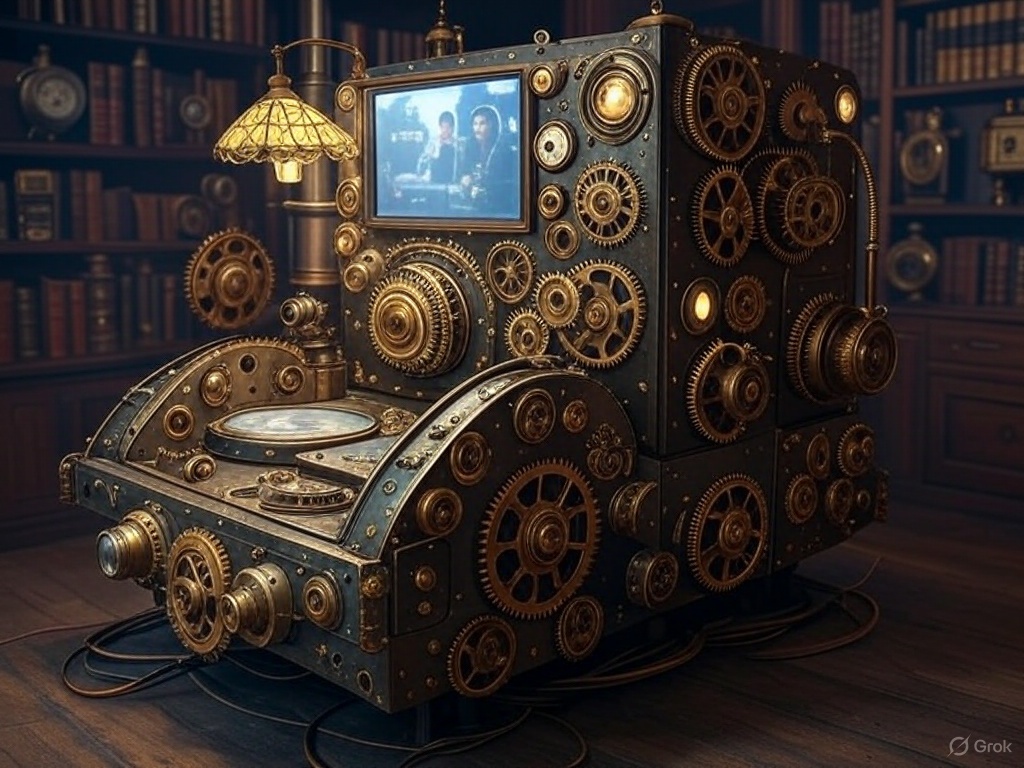The digital world moves fast, and Roblox is proving it’s a playground for not just gamers but also young entrepreneurs.
While you’re still weighing the pros and cons of launching a project on platforms like Quasa Rewards, kids are already capitalizing on Roblox’s booming ecosystem, selling both digital and physical merchandise within their own games.
And now, with a new partnership with Shopify, the opportunities for creators are expanding even further.
Roblox and Shopify: A Game-Changing Partnership
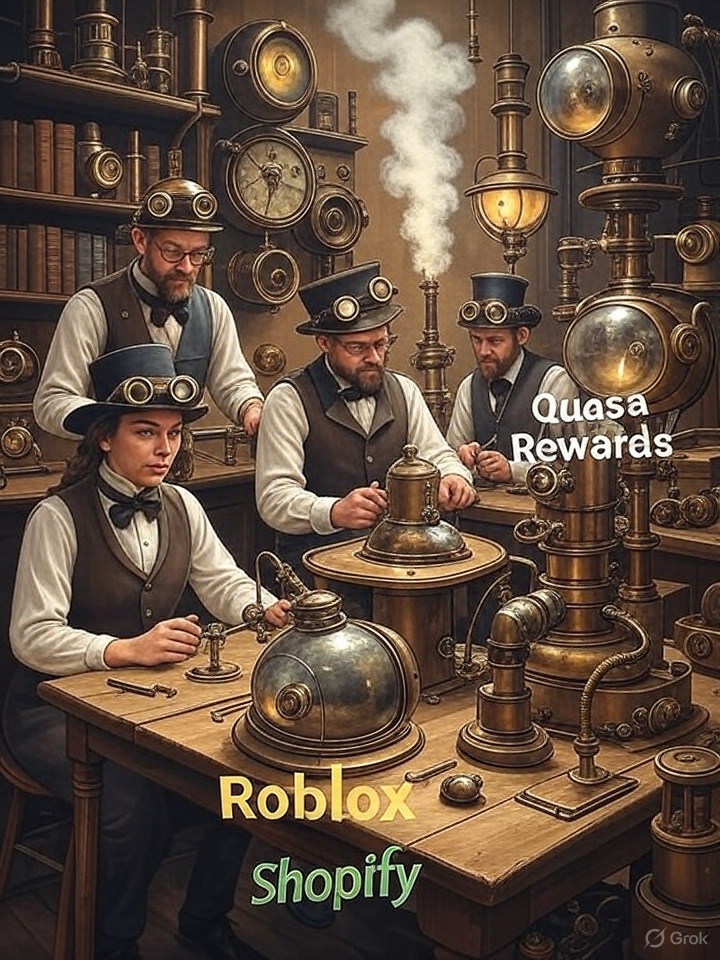 Roblox has teamed up with Shopify to empower its creators — many of whom are teenagers or even younger — to sell physical products directly within their Roblox experiences. This means that alongside digital items like skins, avatars, or in-game perks, developers can now offer real-world merch like T-shirts, hoodies, or collectibles.
Roblox has teamed up with Shopify to empower its creators — many of whom are teenagers or even younger — to sell physical products directly within their Roblox experiences. This means that alongside digital items like skins, avatars, or in-game perks, developers can now offer real-world merch like T-shirts, hoodies, or collectibles.
By integrating Shopify’s e-commerce infrastructure, Roblox is bridging the gap between virtual and physical economies, making it easier for creators to monetize their games in innovative ways.
This partnership is a natural evolution for Roblox, a platform that already hosts millions of user-generated games and experiences.
With Shopify’s tools, creators can set up storefronts within their games, manage inventory, and fulfill orders without leaving the Roblox ecosystem.
For young developers, this is a low-barrier entry into entrepreneurship, blending creativity with real-world business skills.
What’s New at Roblox? A Creator’s Paradise
Roblox isn’t stopping at physical merch. The platform recently announced a slew of updates aimed at boosting creator earnings and simplifying game development.
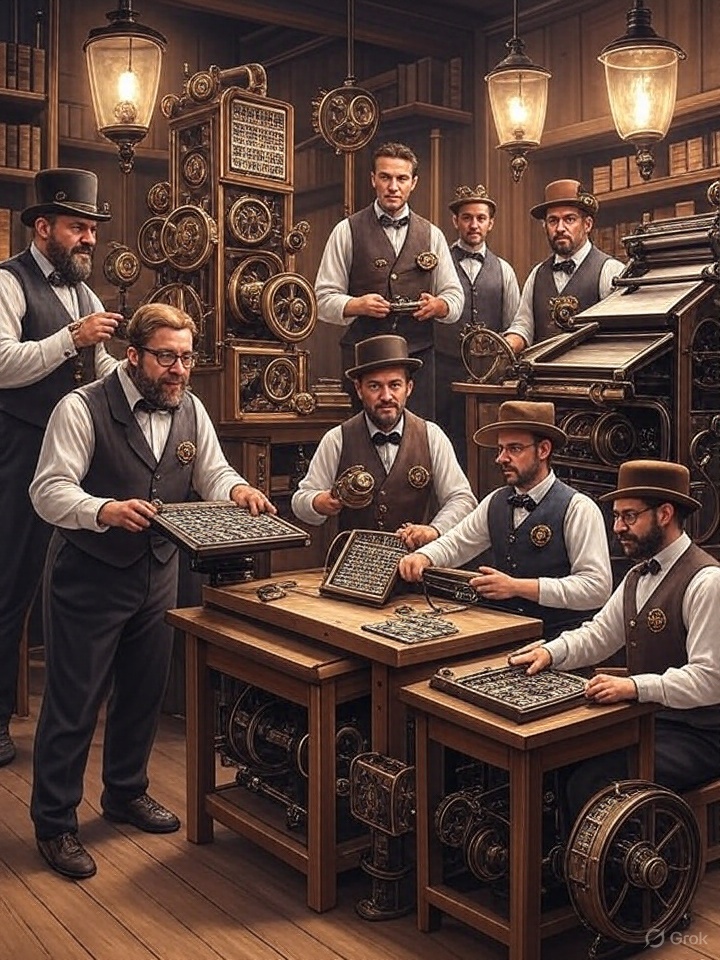 According to TechCrunch, here’s what’s on the horizon:
According to TechCrunch, here’s what’s on the horizon:
- Increased Revenue Share: Roblox has significantly upped the payout for creators of paid experiences. Previously, creators earned 25% of revenue from all paid experiences. Now, they can earn 50% for experiences priced at $9.99, 60% for $29.99, and a whopping 70% for $49.99. This tiered structure incentivizes creators to build high-value content.
- Price Optimization Tool: A new tool helps creators analyze and set optimal prices for their products, maximizing revenue while keeping offerings affordable for players.
- Generative AI for 3D Creation: Roblox teased an open-source generative AI tool that will allow creators to generate 3D objects and entire game locations with ease. This lowers the technical barrier for building immersive worlds, enabling even novice developers to compete.
- Harmony Tool: To ensure games run smoothly across devices and internet connections, Roblox is introducing Harmony, an optimization tool that adapts experiences for low-end devices or spotty networks.
- Social Features with Party: Roblox is enhancing its social layer with a new Party feature, allowing players to create group chats and invite friends to games with a single click. This fosters community engagement and keeps players coming back.
These updates reflect Roblox’s ambition to capture at least 10% of global gaming content revenue, positioning itself as a dominant force in the creator economy. But here’s the kicker: despite its massive growth and cultural impact, Roblox remains unprofitable.
Industry analyst Matthew Ball dives into this paradox in a detailed longread, exploring how Roblox’s heavy investments in infrastructure and creator tools are prioritizing long-term dominance over short-term profits.
Kids Are Leading the Charge
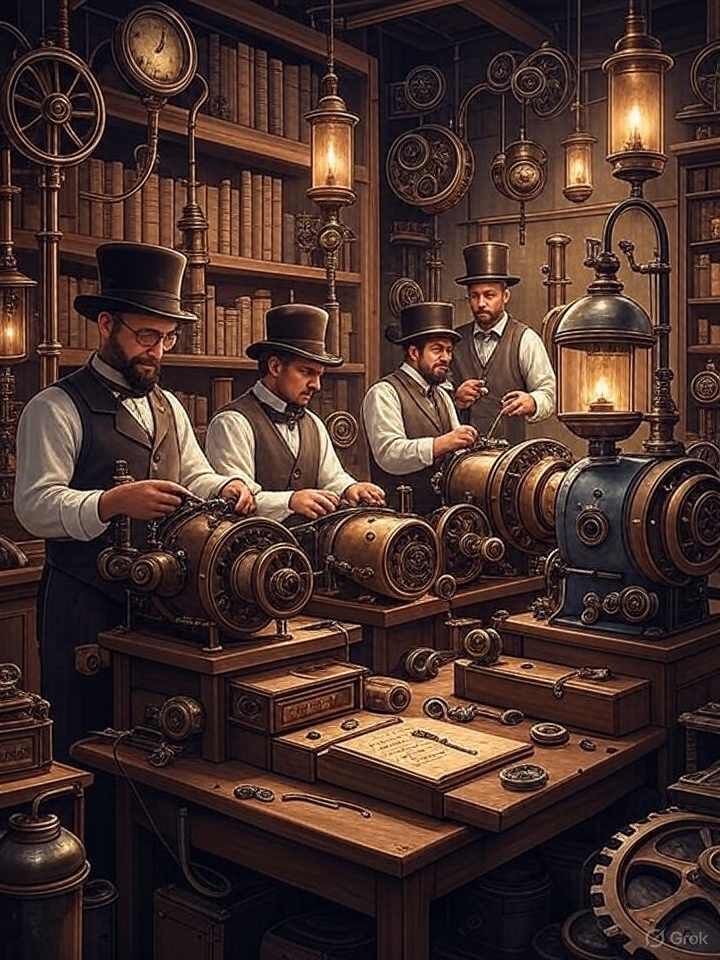 While platforms like Quasa Rewards offer innovative ways to gamify work and incentivize participation, Roblox is already a thriving hub where young creators are turning their passions into paychecks.
While platforms like Quasa Rewards offer innovative ways to gamify work and incentivize participation, Roblox is already a thriving hub where young creators are turning their passions into paychecks.
The platform’s low barriers to entry — no need for formal coding skills or business experience — mean that kids as young as 12 are designing games, selling digital assets, and now, with Shopify’s help, shipping physical products to fans worldwide.
Take, for example, the countless Roblox experiences that have gone viral, driven by creators who started as hobbyists.
These young developers are learning pricing strategies, marketing, and customer service, all while having fun.
The Shopify partnership amplifies this, giving them tools to scale their side hustles into legitimate businesses.
Also read:
- Quasa Rewards: A Smarter Path for Creators While Kids Cash In on Roblox
- New Listing of QUA on The Decentralized Exchange DODO
Why It Matters
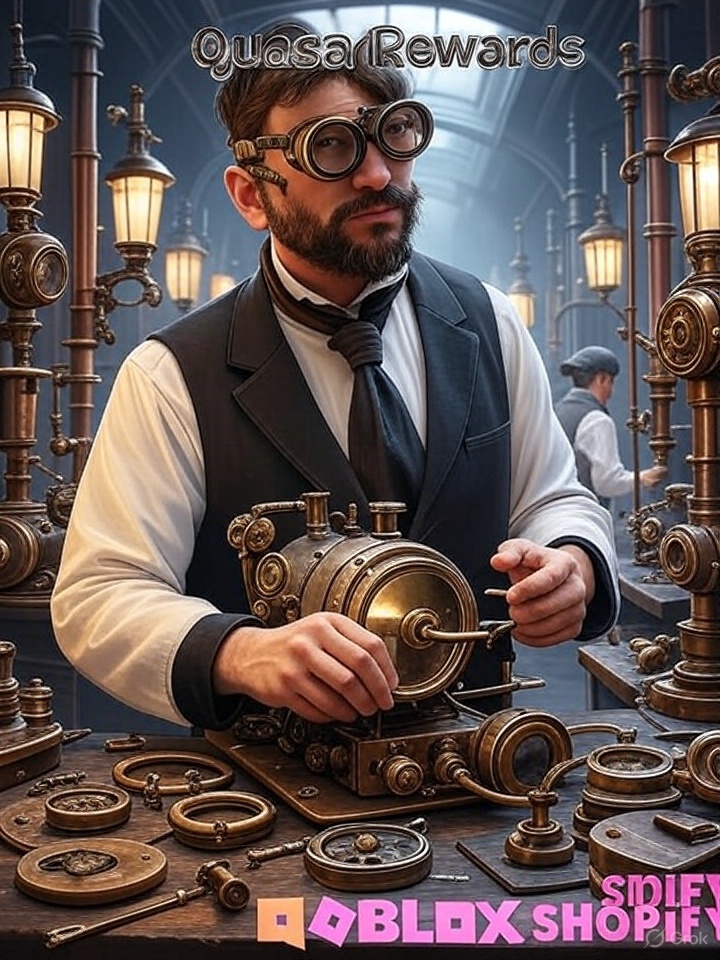 Roblox’s latest moves highlight a broader trend: the creator economy is no longer just about influencers or YouTubers.
Roblox’s latest moves highlight a broader trend: the creator economy is no longer just about influencers or YouTubers.
It’s about empowering anyone — especially the youngest generation—to build, sell, and profit in digital spaces.
The Shopify partnership, combined with Roblox’s creator-friendly updates, is a wake-up call for anyone hesitating to jump into new platforms.
So, what’s the takeaway? If kids can turn their Roblox games into mini-empires, complete with digital and physical storefronts, maybe it’s time to stop overthinking and start creating.
Whether it’s on Roblox, Quasa Rewards, or another platform, the opportunities are there — waiting for you to seize them.
Let me know if you’d like to adjust the tone, length, or add specific details!
Author: Slava Vasipenok
Founder and CEO of QUASA (quasa.io) - Daily insights on Web3, AI, Crypto, and Freelance. Stay updated on finance, technology trends, and creator tools - with sources and real value.
Innovative entrepreneur with over 20 years of experience in IT, fintech, and blockchain. Specializes in decentralized solutions for freelancing, helping to overcome the barriers of traditional finance, especially in developing regions.
This is not financial or investment advice. Always do your own research (DYOR).

